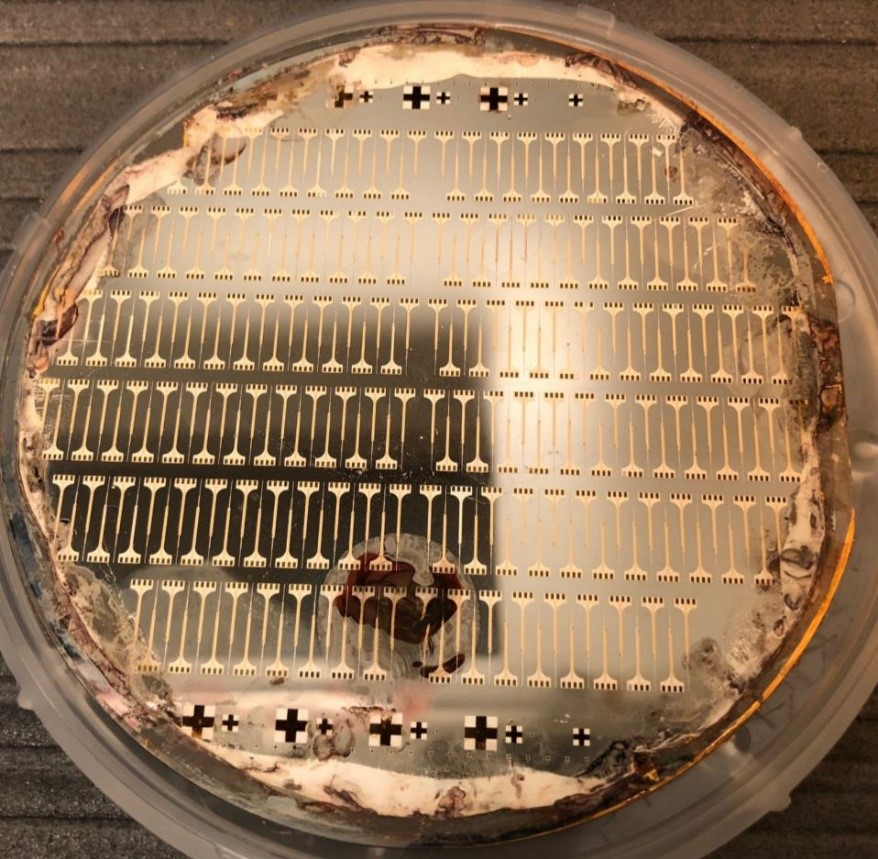Categories
Tags
Share:
More Articles
-

A More Effective Way to Deliver Therapeutics Across the Body’s Natural Barriers
NanoVac is a delivery platform that mimics virus structure to navigate the body's defenses and deliver drugs more effectively.
Categories
Tags
-

Excitement Builds for 2026: Latest News from Luna Labs’ Acuity Corrosion Team
Reflecting on Acuity 2025 highlights and preparing for another meaningful year of connection and innovation.
Categories
-

Accelerating Impact: Luna Labs’ MedSim Product Lines Acquired by Integrated Medcraft
Acquisition of Luna Labs' TrueClot and Dislotech shows commitment to partnering with the right organizations to maximize impact.
Categories


